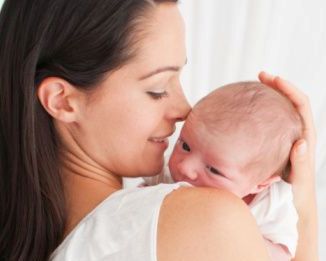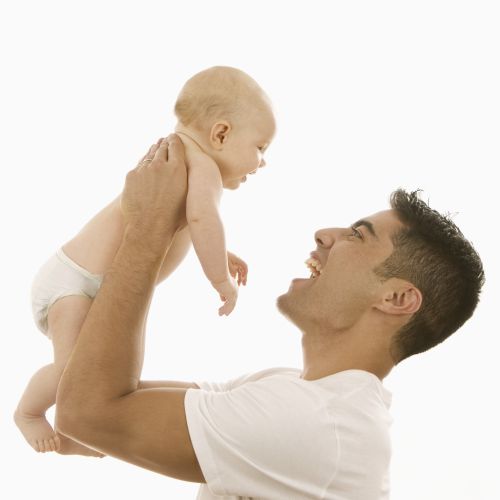Kids will be kids, and we know that no matter how protective we will be around them they are going to fall, slip and tumble while growing up. It’s all part of being a kid, and it would be hard to imagine it differently, even if it does sound a little scary. But fear not! There are things we can all do to ensure that kids avoid the more serious injuries that can lead to severe consequences. And we are going to tell you how. With active supervision and by following a few tips, we’ll help you make sure all the falls are harmless.
First of all, Protect your baby. Never put your child on an elevated surface unless you’re right there with her. “Practice ‘touch supervision,’ ” says Dr. Wright. “You need to be close enough to touch your child at all times.” If you have to put your baby down for a minute, a playmat on the floor is a better choice than a bed or sofa.
Keep babies and young kids strapped in when using high chairs, infant carriers, swings and strollers. When placing your baby into a carrier, remember to place the carrier on the floor, not on top of a table or other furniture. Move chairs, cribs and other furniture away from windows to help prevent window falls.
Baby walkers can be dangerous, so try using a stationary activity center. These items give your baby a chance to practice standing and moving more safely. Look for one that is on a stable, non-moveable base and place it away from stairs, hot appliances or window cords. If a baby is in a walker at home, the baby must be actively supervised at all times. Walkers can easily fall down stairs, tip over or help your child gain access to hazards in the home.
Secure TVs and furniture to the wall using mounts, brackets, braces, anchors or wall straps to prevent tip-overs. Screens are meant to keep bugs out, not children in. Properly install window guards to prevent unintentional window falls. For windows above the first floor, include an emergency release device in case of fire.
Use approved safety gates at the tops and bottoms of stairs and attach them to the wall, if possible. Remember to read the manufacturer’s instructions and warning labels to make sure you have the right gate for your needs. Not all gates are safe for use at the top of the stairs.
If you are placing your child in a shopping cart seat, use a harness or safety belt. If the belt is missing or broken, select another cart.
Leaving your infant on a bed or a couch is risky. Falling off the bed or a sofa is a common scenario, says Dr. Quinlan. “Babies often roll over earlier than you might think. I’ve seen newborns move in the nursery on the first or second day of life; some babies have the innate ability to arch their back, twist their pelvis, and get really close to rolling,” he notes.
Falls from a bed or sofa generally don’t lead to serious injuries because the distance is only a few feet and there’s often a carpet that can help cushion the fall. Plus, “infants don’t usually land with all the force on their head,” says Dr. Quinlan. “The force is distributed across their body — their lower extremities, back, and arms break the fall.”
Be careful on staircases. Losing your footing while heading up or down stairs with a baby is terrifying, and the resulting injuries tend to be more serious to infants because of the force of the tumbling adult. In 87 percent of these cases, the baby hurts his head and/or neck, according to a study in Pediatrics. “When we examined stories of parents who fell with children, there was usually another factor at play,” says coauthor Gary A. Smith, M.D., director of the Center for Injury Research and Policy at Nationwide Children’s Hospital, in Columbus, Ohio. For example, the caregiver had a laundry basket in the other arm. Try to minimize the times you must carry Baby on the stairs. “If you’re only going to be a minute, it’s best to leave your child in a safe location — such as a play yard — on the other end while you handle chores,” recommends Dr. Smith. If you need her to come along, wearing her in a front carrier is a good idea, suggests Dr. Wright, so you have at least one hand free to hold onto the railing.
Do not multitask with a baby. When you’re carrying your baby, you shouldn’t be on your phone, for instance. “Infants don’t have good neck control, so you need to place your hand behind their head for support,” says Dr. Wright. And even a younger baby can surprise you: “Babies develop truncal control before they develop head control, so the child can twist in your arms.”
And Finally, think about your footwear. High heels, flip-flops, and slippery socks are not as safe as shoes with good traction or being barefoot.
We hope those tips will help you protect your baby. remember to let your kid be a kid, but never forget to pay attention to avoid those risky situations!
































Comments